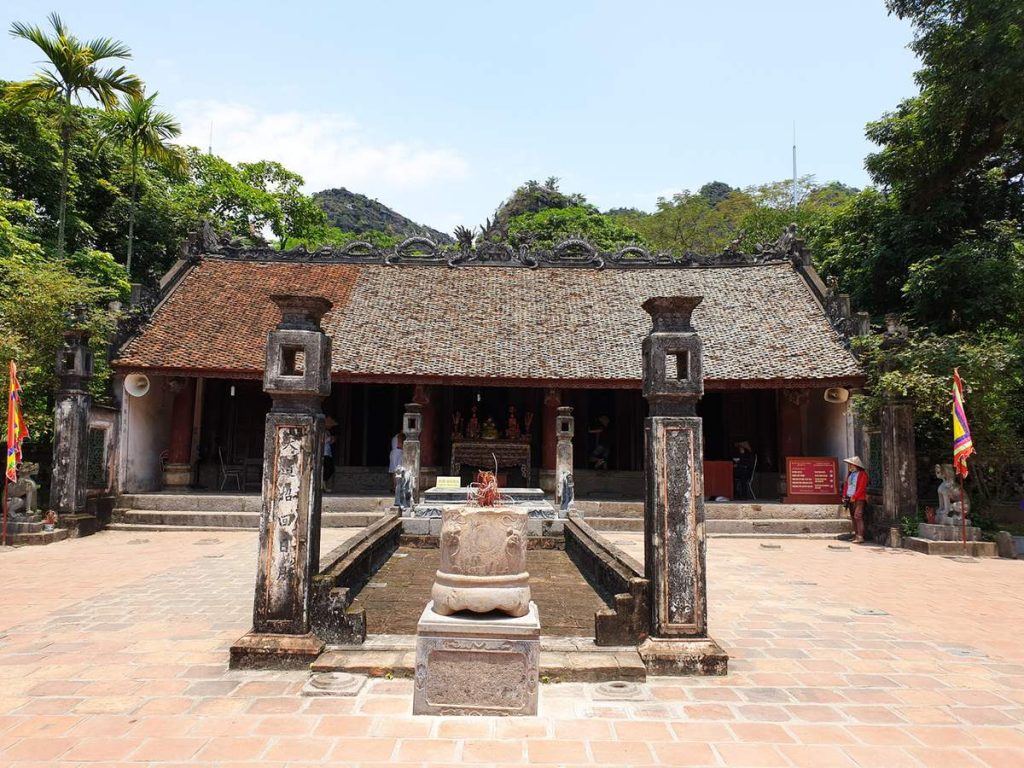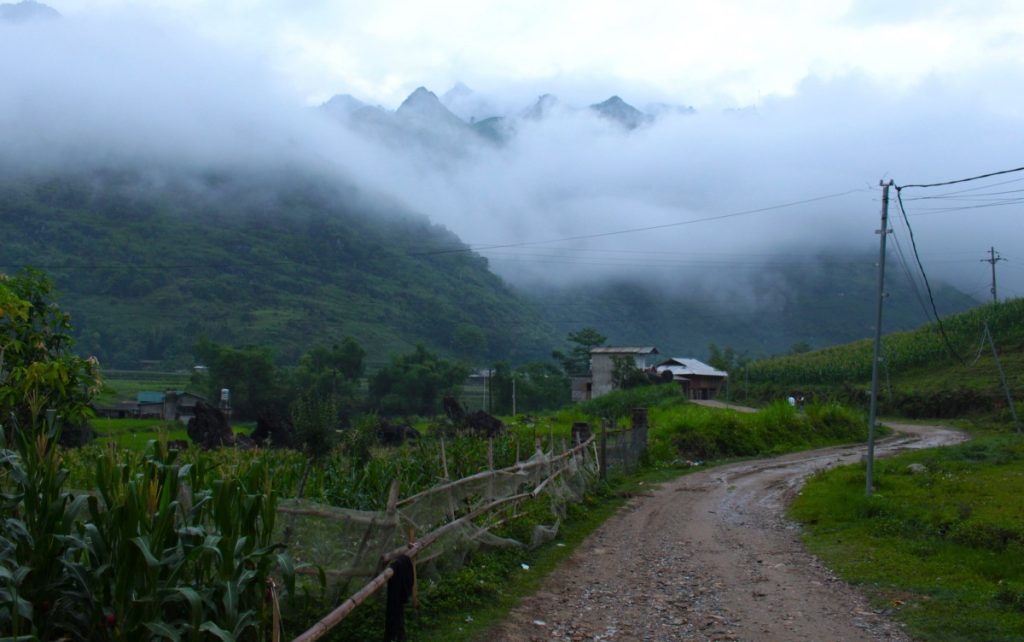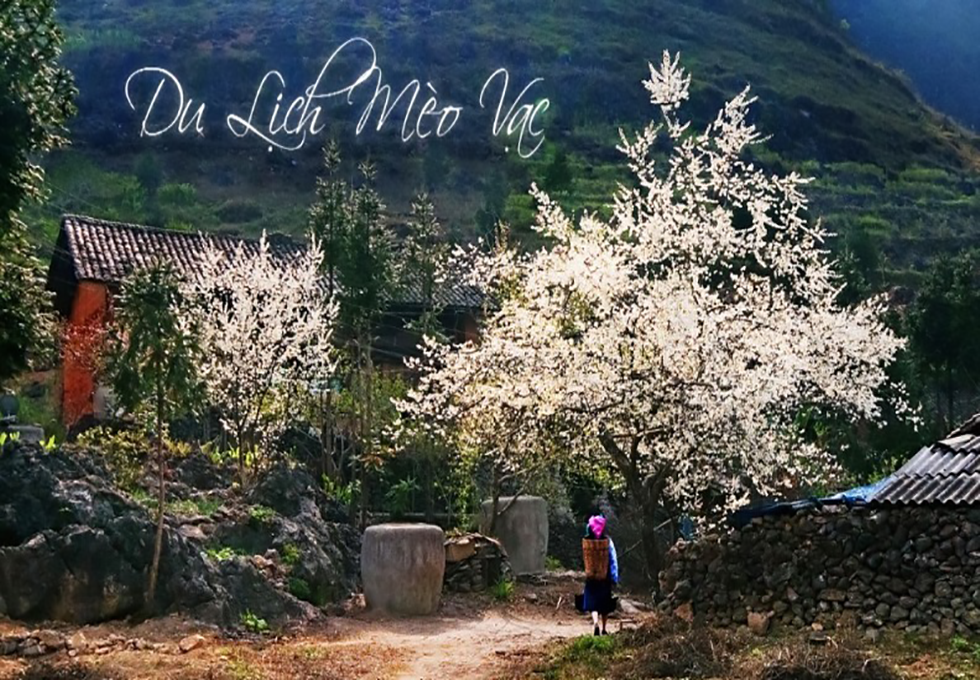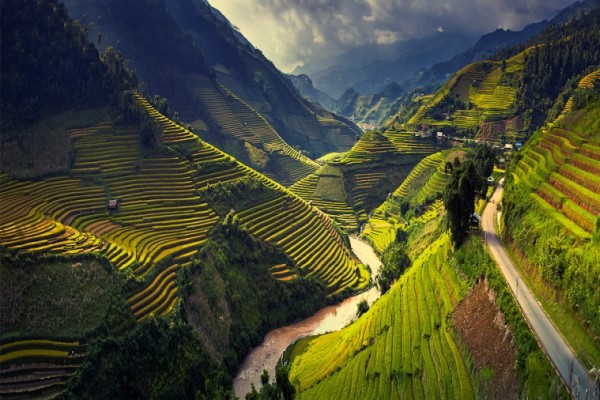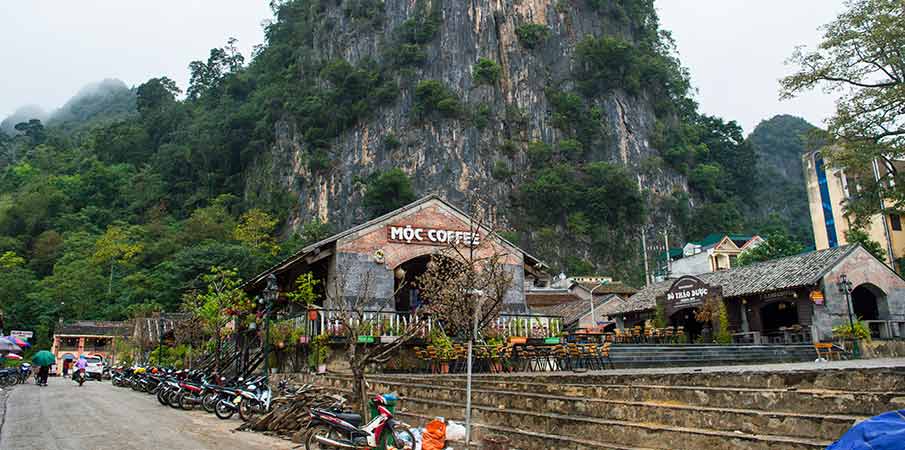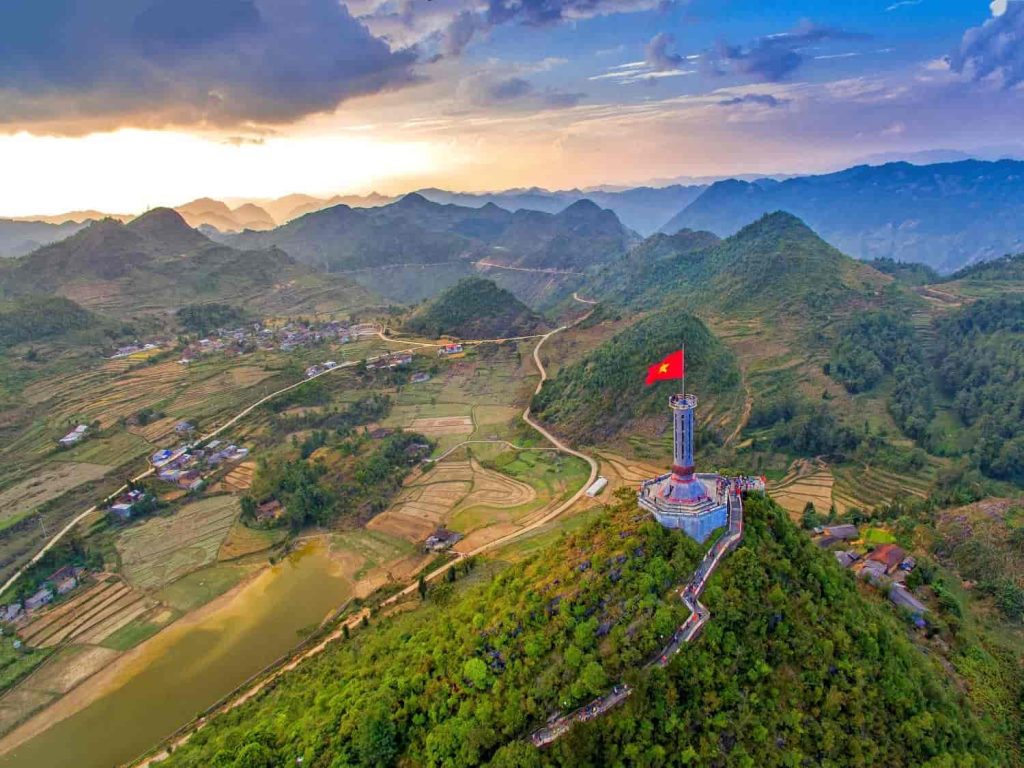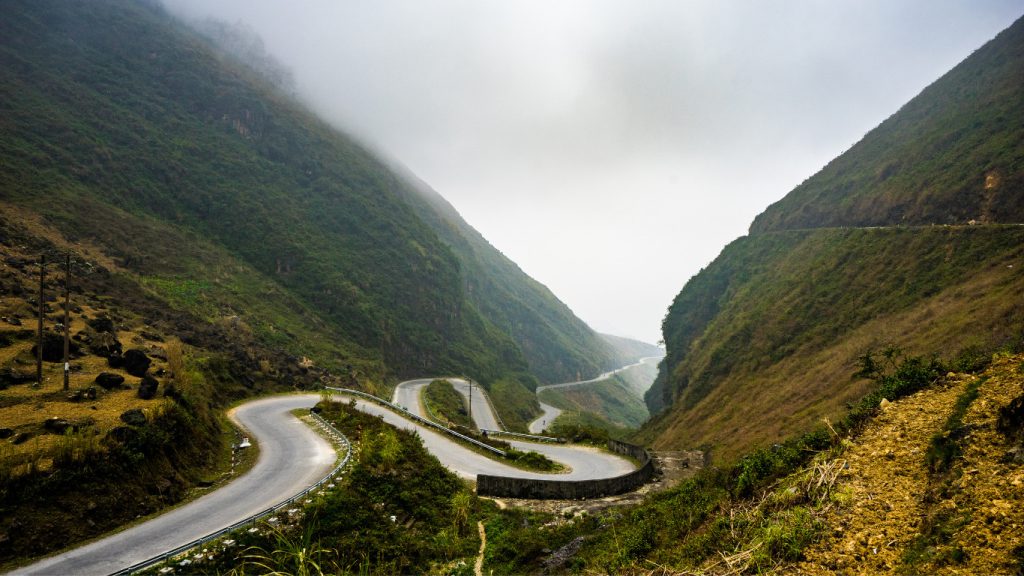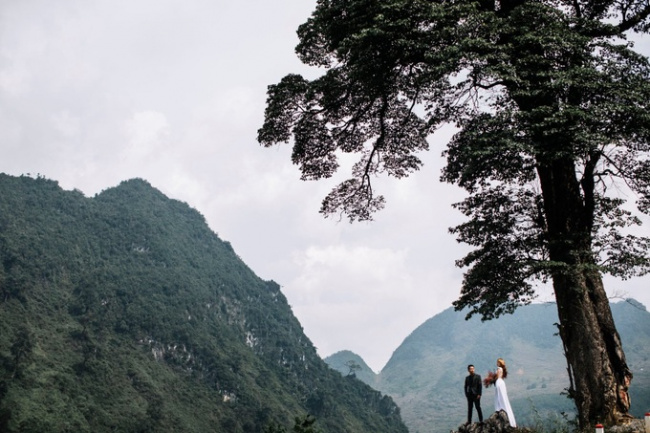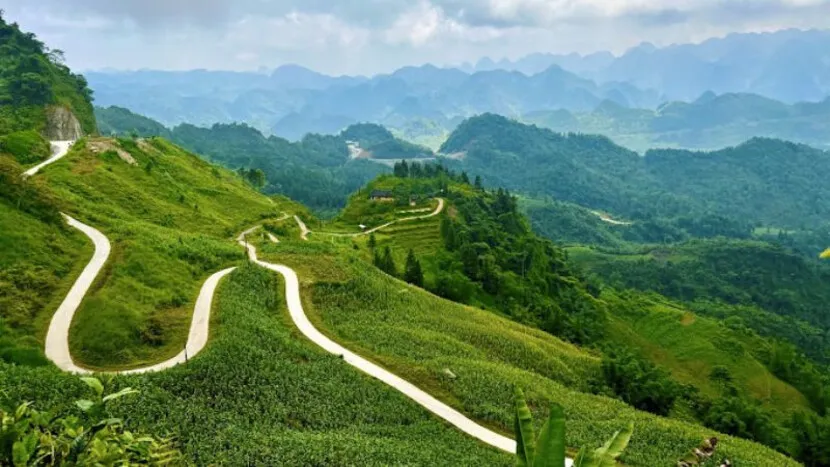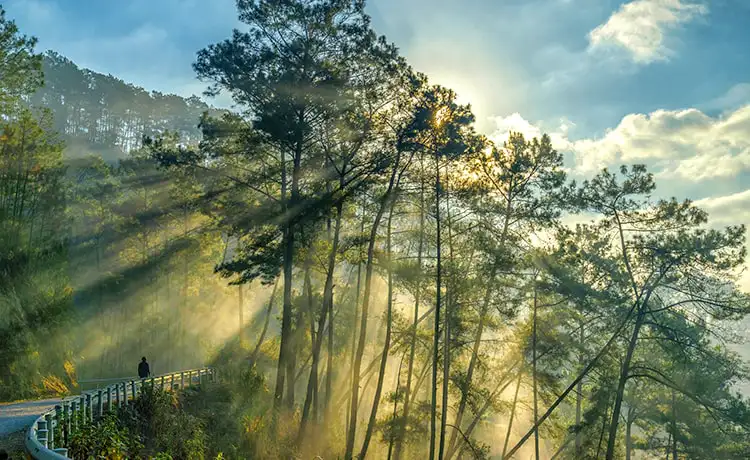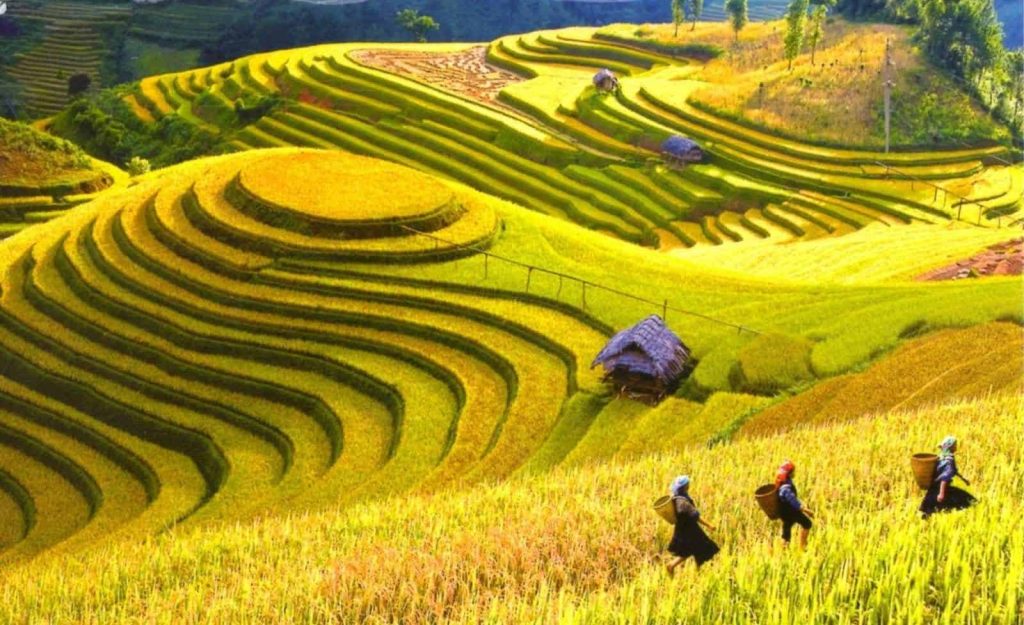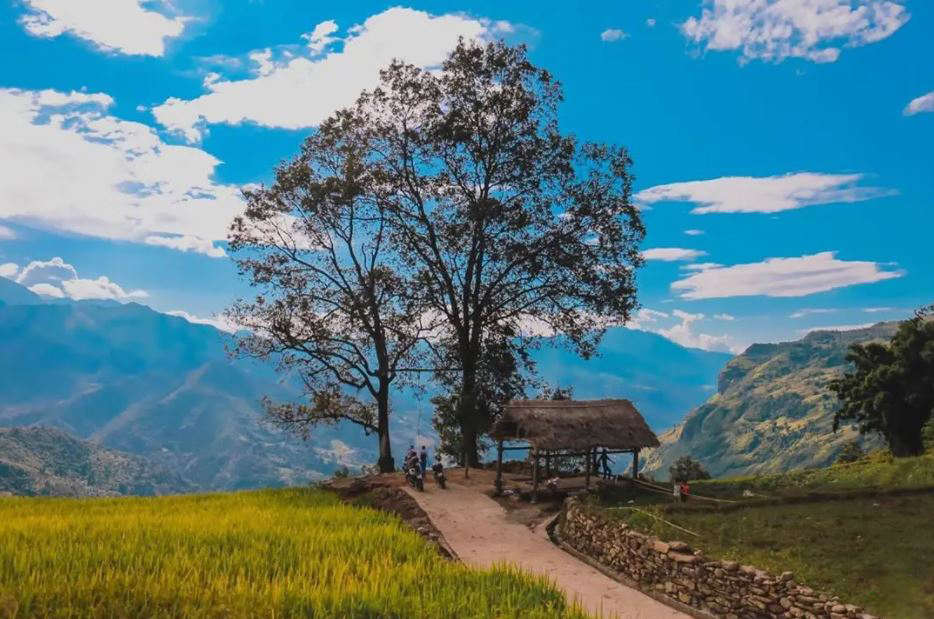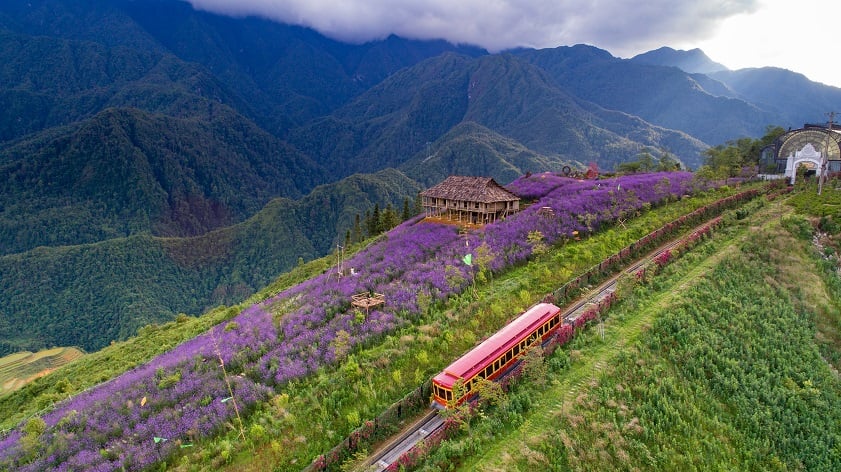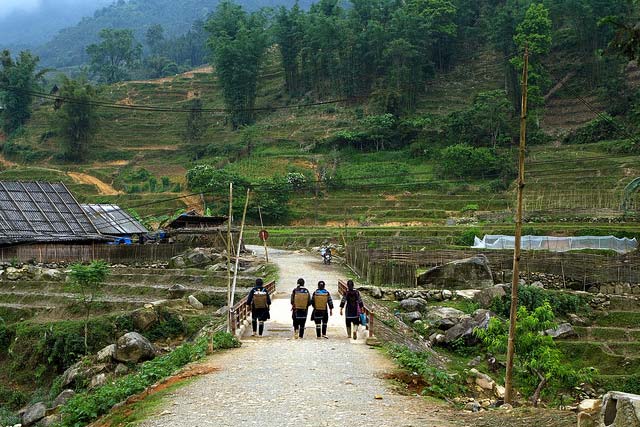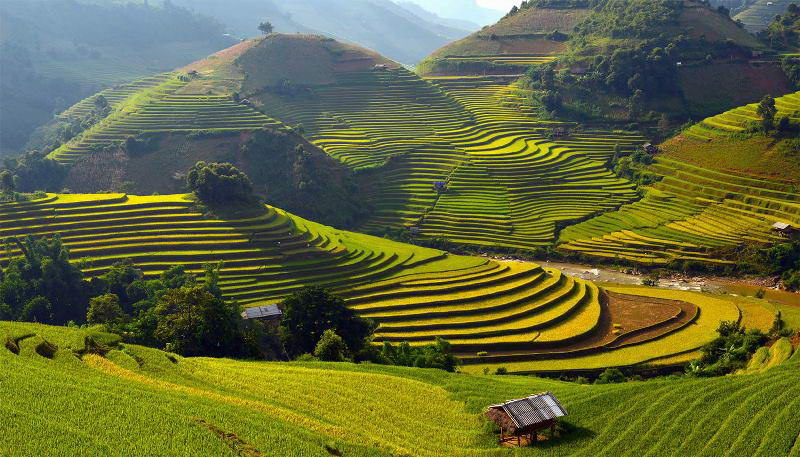Bac Ninh – A guide basic for the trip
Bac Ninh is a province in northern Vietnam, situated about 30 kilometers northeast of Hanoi. Known as a cradle of Vietnamese culture and spirituality, Bac Ninh is rich in history, traditional crafts, and vibrant festivals. The province is renowned for its Quan Ho folk songs, recognized by UNESCO as an intangible cultural heritage of humanity, which are often performed during festivals and special occasions.
Bac Ninh is also famous for its traditional handicraft villages producing items such as pottery, bamboo products, and folk paintings. Visitors can explore historical sites like the But Thap Pagoda, dating back to the 13th century, and the Dinh Bang Communal House, a fine example of Vietnamese communal architecture.
With its cultural heritage, religious sites, and bustling markets, Bac Ninh offers a glimpse into Vietnam’s rich traditions and craftsmanship amidst its modernizing landscape.
I. When is the best time to visit Bac Ninh?
The best time to visit Bac Ninh, a province in northern Vietnam known for its cultural heritage and traditional crafts, is during the cool and dry season, which typically spans from October to April. Here’s why this period is ideal:
- Weather: The cool and dry season offers pleasant temperatures and lower humidity, making it comfortable for exploring outdoor attractions and participating in cultural activities.
- Festivals: Bac Ninh hosts several vibrant festivals throughout the year, such as the Lim Festival (spring) and the Kinh Bac Festival (autumn). These festivals showcase traditional rituals, folk songs (Quan Ho), and cultural performances, providing a rich cultural experience for visitors.
- Quan Ho Singing Season: Quan Ho folk songs, a UNESCO-recognized intangible cultural heritage, are often performed during festivals and special events in Bac Ninh. The cool season is a great time to witness these performances.
- Sightseeing: Historical and cultural sites like But Thap Pagoda and Dinh Bang Communal House are best visited in comfortable weather conditions, which the cool season provides.
Overall, planning a visit to Bac Ninh during the cool and dry season ensures a more enjoyable experience, with favorable weather for exploring the province’s cultural heritage and participating in local festivities.
II. What to do in Bac Ninh?
In Bac Ninh, there are several activities and attractions that showcase its rich cultural heritage, traditional crafts, and vibrant festivals. Here’s what you can do when visiting Bac Ninh:
- Explore Quan Ho Folk Songs: Experience Quan Ho folk songs, a UNESCO-recognized intangible cultural heritage. Attend performances and learn about the unique call-and-response singing tradition at festivals or cultural centers.
- Visit But Thap Pagoda: Explore But Thap Pagoda, one of Vietnam’s oldest and most beautiful Buddhist pagodas dating back to the 13th century. Admire its intricate architecture, ancient statues, and peaceful surroundings.
- Discover Dinh Bang Communal House: Visit Dinh Bang Communal House, a well-preserved example of traditional Vietnamese communal architecture. Learn about its historical significance and traditional ceremonies held there.
- Experience Dong Ho Folk Painting: Visit Dong Ho Village to see artisans create Dong Ho folk paintings, known for their vibrant colors and traditional themes. Learn about the intricate process of making these unique artworks.
- Attend Festivals: Participate in Bac Ninh’s lively festivals such as the Lim Festival (spring) and the Kinh Bac Festival (autumn). Enjoy cultural performances, traditional games, and local cuisine during these festive occasions.
- Explore Traditional Craft Villages: Visit traditional craft villages in Bac Ninh specializing in pottery, bamboo products, and folk paintings. Take guided tours to learn about traditional craftsmanship and support local artisans.
- Enjoy Local Cuisine: Taste Bac Ninh’s traditional dishes such as Banh Te (rice cake with pork filling), Nem Thanh (Bac Ninh spring rolls), and various local specialties available at markets and restaurants.
- Shop at Local Markets: Visit Bac Ninh’s bustling markets to shop for handicrafts, local products, and souvenirs. Experience the vibrant atmosphere and interact with friendly locals.
- Visit Phat Tich Pagoda: Explore Phat Tich Pagoda, a historical Buddhist site with a pagoda, towers, and ancient stone statues. Enjoy the serene surroundings and learn about its cultural significance.
- Relax at Ecopark: If you seek relaxation and nature, visit Ecopark, a green urban area with parks, lakes, and recreational facilities. Enjoy walking, cycling, or boating amidst lush landscapes.
Bac Ninh offers a blend of cultural immersion, historical exploration, and traditional craftsmanship, making it a fascinating destination for travelers interested in experiencing authentic Vietnamese culture and heritage.
III. What local specialties does Bac Ninh have that you must try?
Bac Ninh, known for its rich culinary heritage and traditional dishes, offers a variety of local specialties that are must-try for visitors exploring the province. Here are some delicious Bac Ninh specialties:
- Banh Te: A traditional rice cake made from glutinous rice and filled with a mixture of ground pork, wood ear mushrooms, and pepper. It’s wrapped in banana leaves and grilled, giving it a unique flavor and aroma.
- Nem Thanh: Bac Ninh’s version of spring rolls, Nem Thanh is made with minced pork, vermicelli noodles, wood ear mushrooms, and various herbs wrapped in rice paper and deep-fried until crispy. It’s often served with fresh herbs and dipping sauce.
- Com Me: A traditional sweet cake made from sticky rice and mung bean paste.
IV. How to get to Bac Ninh?
Getting to Bac Ninh, a province in northern Vietnam known for its cultural heritage and traditional crafts. Bac Ninh is located about 30 kilometers northeast of Hanoi. The most convenient way to travel from Hanoi to Bac Ninh is by road. You can take a bus, shuttle van, or hire a private car/taxi. The journey typically takes around 1 to 1.5 hours, depending on traffic conditions.
- By Train: While there isn’t a direct train service to Bac Ninh, you can take a train from Hanoi to nearby cities like Bac Giang or Thai Nguyen. From these cities, you can continue your journey to Bac Ninh by bus or taxi.
- By Bus: Several bus companies operate routes connecting Hanoi with Bac Ninh. Buses depart from Hanoi’s major bus stations, and the journey usually takes around 1 to 1.5 hours, depending on traffic and stops along the way.
- By Motorbike: For those who enjoy motorbiking, you can rent a motorbike in Hanoi and ride to Bac Ninh. It’s a scenic route that allows you to explore the countryside and villages along the way. Ensure you have a valid Vietnamese driver’s license and follow local traffic rules.
- By Car Rental: Renting a car or hiring a private car with a driver offers convenience and flexibility, especially for travelers who prefer a direct and comfortable journey from Hanoi to Bac Ninh.
Once in Bac Ninh, local transportation options such as taxis, motorbike taxis (xe om), and rental bikes or cars are available for exploring the province and its various attractions. It’s advisable to check for current transportation schedules and options, especially if traveling during peak tourist seasons.
If you need more information, please contact us Mail: zgotravelvietnam@gmail.com or WhatsApp: +84 9766 09451.
By the way, a new beautiful place called Ha Giang loop which is very interesting, check this out: https://www.getyourguide.com/hanoi-l205/from-hanoi-3-day-ha-giang-loop-small-group-t739208
For Lan Ha Bay & Halong Bay trip, check this out: https://www.getyourguide.com/ha-long-l119790/from-ha-noi-2-day-lan-ha-ha-long-bay-5star-with-balcony-t739040/
Or https://www.tripadvisor.com/AttractionProductReview-g3737857-d28097153-Lan_Ha_Bay_Ha_Long_Bay_5_Stars_Private_balcony_2_days_trip-Tuan_Chau_Island_Halon.html

